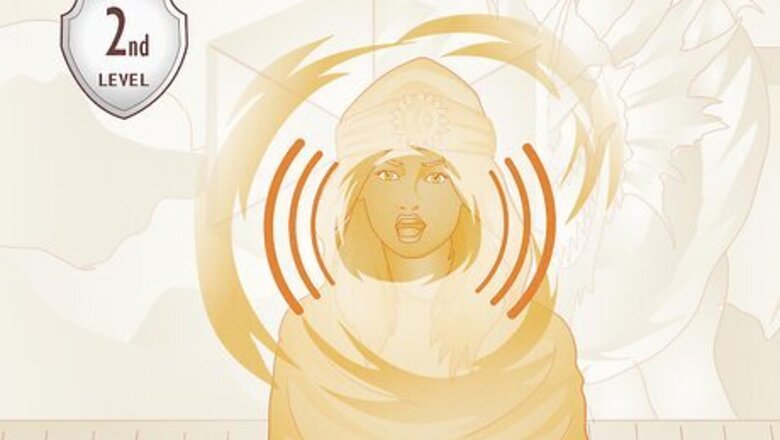
views
- Shatter is a 2nd-level evocation spell with a 60-foot range. When you cast Shatter, creatures within a 10-foot radius sphere must make a Constitution saving throw.
- Creatures that fail their saving throw take 3d8 points of thunder damage, and creatures that succeed take half as much damage.
- Inorganic creatures have disadvantage on saving throws to resist Shatter. Nonmagical objects that aren’t being carried take full damage from the spell.
Shatter Spell Attributes
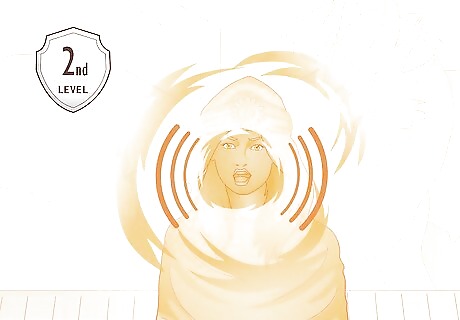
Shatter is a 2nd-level evocation spell that creates a loud ringing noise. Upon casting Shatter from any point within the spell’s range, each creature within a 10-foot radius must make a Constitution saving throw. They’ll take 3d8 points of thunder damage (with an average of 13.5 points) if they fail the saving throw. If they succeed, they’ll take half as much damage. Range: 60 feet Target: A point of your choice within range Casting Time: 1 action Components: Verbal, somatic, and material (a chip of mica) Duration: Instantaneous
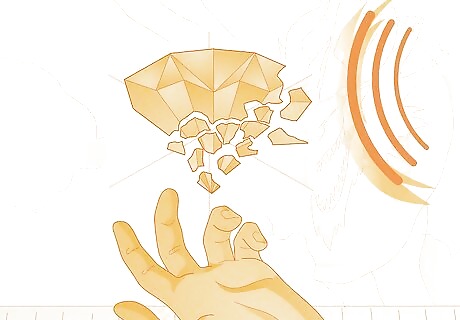
Objects and inorganic creatures are vulnerable to Shatter. Any creature made of inorganic material (including stone, crystal, or metal) has disadvantage against their saving throw when targeted with the Shatter spell. Additionally, nonmagical objects that aren’t being worn or carried take full damage from the spell—meaning they automatically fail the saving throw. Keep in mind that magical objects (like enchanted swords or arcane locks) won’t ever take damage from Shatter, whether or not they’re being worn or carried. Shatter requires a Constitution saving throw, meaning targets must roll a d20 and add their Constitution save modifier to see if they can resist the spell’s effects. However, when a creature has disadvantage, they roll their d20 twice and take the lower result (making them more likely to fail).
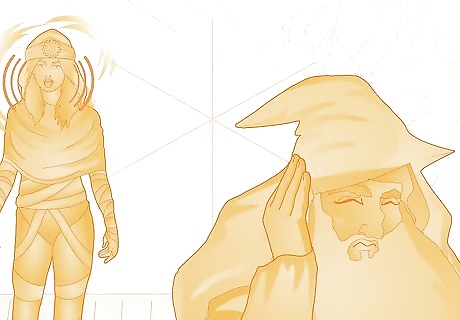
Shatter is capable of dealing damage to allies within the spell’s radius. Watch where you cast Shatter in battle—because the spell specifies that “each creature” within its radius will be affected. So, if an ally is within the spell’s radius, they’ll take thunder damage along with the enemies you target. Do your best to avoid allies when casting the spell! If your PC (player character) is an Evocation wizard with the Sculpt Spells feature, they can protect allies from friendly fire when casting Shatter. However, no other subclass has this ability.
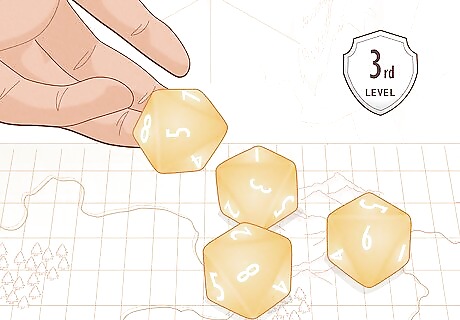
Casting Shatter at a higher level increases its damage. Wish the Shatter spell did even more damage? Once your PC has the ability to cast higher-level spells, they can use those high-level spell slots to cast Shatter—and increase the spell’s damage by 1d8 for each slot level above 2nd. For example, if you cast Shatter at the 3rd level, you’d deal 4d8 points of damage. At the 4th level, you’d deal 5d8 damage, then 6d8 at the 5th level, and so on.
How to Use the Shatter Spell

Bring down multiple enemies by targeting them in groups. Because it’s an AOE (area-of-effect) spell, Shatter can affect whole groups of enemies—so long as they’re within the spell’s 10-foot radius. That means you could potentially hurt or bring down several enemies at once in a fight! The more enemies you catch within Shatter’s radius, the more useful it becomes. Shatter also might be helpful for targeting elementals (especially earth elementals). Creatures made from inorganic material (including stone) have disadvantage on Shatter’s saving throw, which means elementals might be more vulnerable to its effects (if your DM agrees).

Break down doors and other structures with Shatter. When you have a spell that can damage objects, why not use it strategically to break the lock on a door if you don’t have a set of thieves’ tools? Alternatively, you could look for a weakness in a building or structure and use Shatter to quickly fashion an entry point (or exit) for yourself. For example, if you need to steal evidence from a crooked merchant’s office and don’t have a set of lock picks on hand, you could try to break the door with Shatter. You could even use Shatter to stop enemies from chasing you. For example, if you’re in a narrow tunnel and need to run away, try casting Shatter to collapse the tunnel behind you!
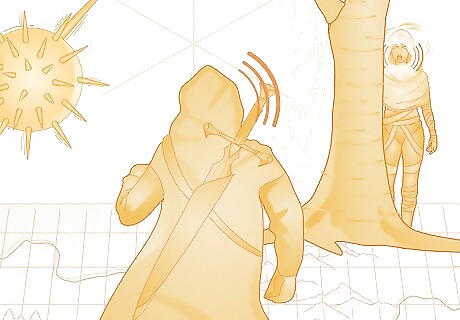
Create a distraction to throw off enemies or lure them into a trap. According to the rules of the spell, Shatter creates a “painfully intense” ringing noise when cast—which means you could potentially cast it as a distraction if needed. You could try to draw enemies toward the source of the noise, either as part of an ambush or to get them to look the other way while you slip past. You could even use Shatter as a signal. For example, if a party member hears your Shatter spell, that might be the all-clear to go steal something or attack an enemy. The rules don’t necessarily say how loud Shatter is or how far away it can be heard from, so that’s mainly up to the DM’s interpretation. Shatter’s range is a 10-foot radius, so it can definitely be heard from at least that far away. However, since it deals thunder damage, you could make the argument that it can be heard much further away, too.
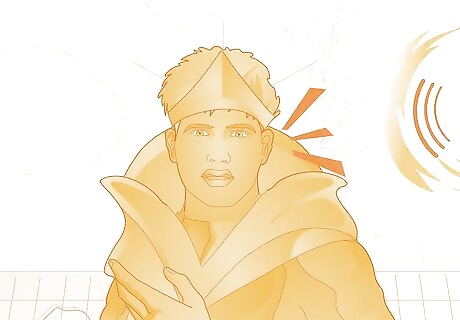
Cast Shatter during a performance or intimidation check. Don’t be afraid to get creative! Think how convincing a PC might sound if they tried threatening an enemy and reinforcing their words with the force of the Shatter spell! Or, they could tell a rousing tale to an audience and use the Shatter spell as a sound effect to make their performance more immersive. If you cleverly use Shatter to supplement your intimidation or performance attempt, your DM might even give you advantage on the roll. Advantage means you can roll a d20 twice (instead of once) and take the higher result, making you more likely to succeed.
Is Shatter a good spell?

Shatter is fantastic for PCs in need of an effective, low-level AOE spell. There aren’t many low-level spells that deal AOE damage, allowing players to target groups of enemies rather than a single creature, but Shatter is one of them. Combined with the fact that it deals unavoidable damage (even if that damage is halved with a saving throw), this makes Shatter a very useful spell. Most powerful AOE spells aren’t available until PCs at least learn to cast level 3 spells (like Fireball and Lightning Bolt), so Shatter is one of the few options at level 2. Thunder damage is also a relatively rare damage type for enemies to be resistant to compared to more common types like fire, cold, or poison damage. Thus, you’re less likely to run into an enemy resistant to the damage from the Shatter spell—which makes Shatter useful in most combat situations.
Which classes can cast Shatter?
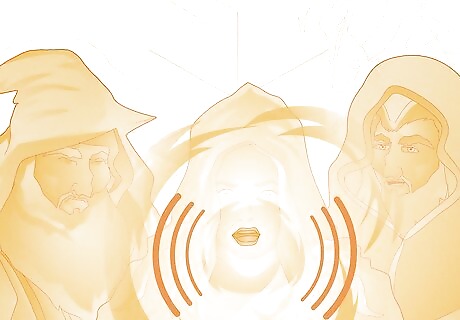
Wizards, warlocks, sorcerers, and bards can all cast Shatter. If you’re playing any of those arcane spellcasting classes, you’ll find Shatter automatically included on your PC’s spell list, and you can choose for them to learn it (or not) as they level up. Although those are the only classes guaranteed to get Shatter, a few subclasses can also cast it: Tempest domain clerics get to have the Shatter spell permanently prepared at the 3rd level. Eldritch Knight fighters learn evocation spells from the wizard spell list, so they can choose to learn Shatter. Arcane Trickster rogues get access to the wizard class’s spell list, making Shatter an optional spell for them. Artillerist and Armorer artificers get Shatter as a prepared spell at level 5.
Advice for DMs

Let your players have fun with the Shatter spell. It’s easy to get lost in the many rules of D&D 5e, but the most important rule of all is making sure you and your players have fun! So, if a player thinks up a clever way to use Shatter, even if it’s not explicitly included in the spell’s rules, try to help them make it happen (so long as it’s not breaking the game). Players deserve to be rewarded for creativity! For example, if a player asks to collapse a roof with Shatter by targeting a particular beam, you might allow it as long as the spell does a certain amount of damage. Repercussions are also important—so make sure reckless spellcasters also see the consequences of their actions. For example, your player’s plan to collapse a roof might work—but maybe a friendly NPC (non-player character) could get caught in the chaos, or an enemy could escape while the dust is still settling.
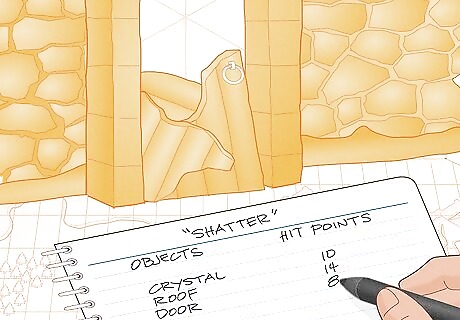
Keep a record of object hit points, just in case. Since Shatter can affect nonmagical objects, it might be convenient to write down the hit point values of applicable objects before a session if you’re the DM (Dungeon Master) and you know one of your players has the spell. That way, when a PC damages an object with Shatter, you can quickly check the object's hit points. You don’t have to do this for every single area your players explore. However, if you know a combat encounter will occur in a particular room or area, take note of any objects there.



















Comments
0 comment